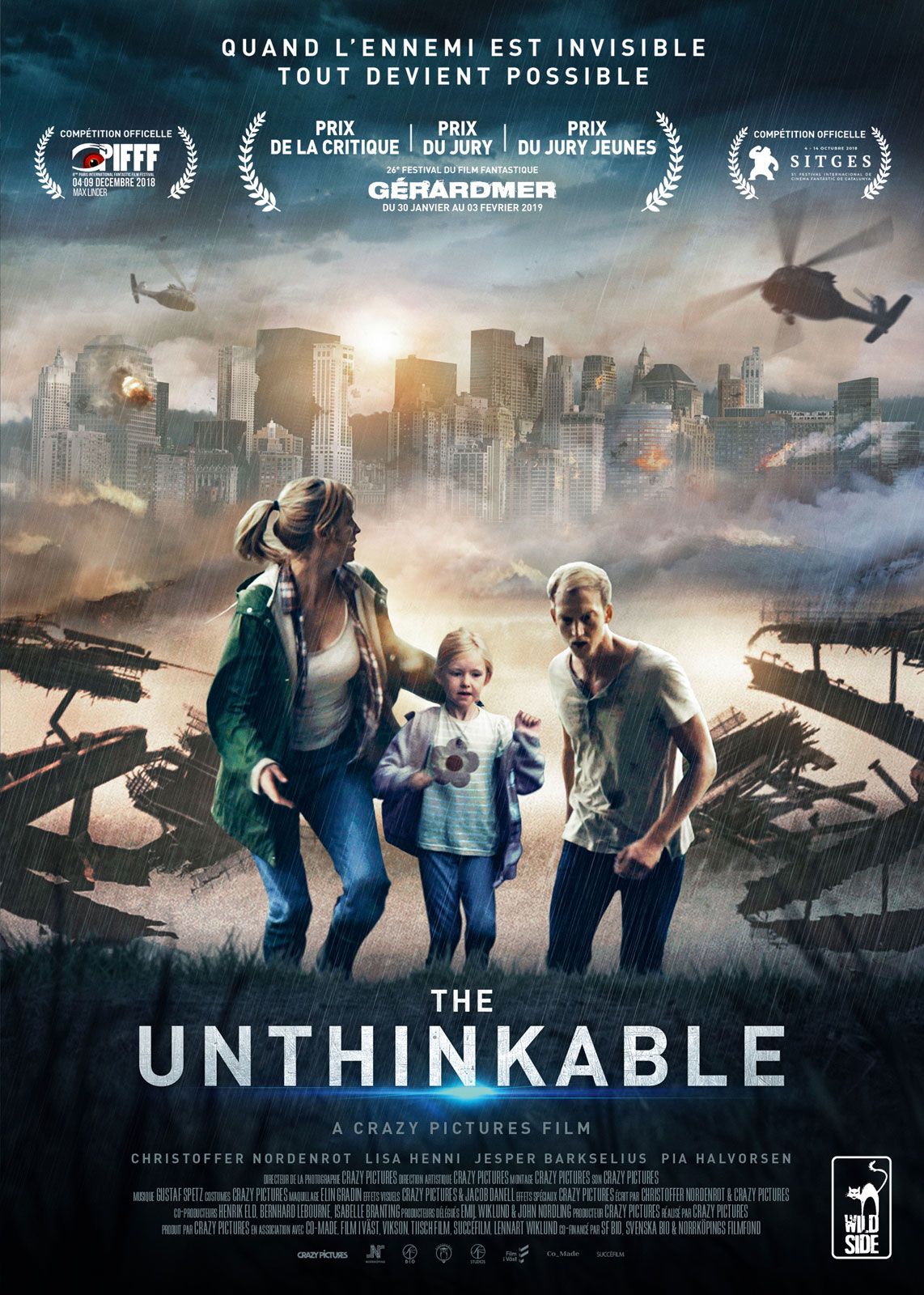So I Bought A Digital Slr - What Now?
So I Bought A Digital Slr - What Now?
Blog Article

My very first introduction to movie in school was throughout a film analysis class, although technically, it was classified as a philosophy class. The teacher was quite pompous and made a big offer out of talking about how to actively see a film. No speaking was enabled, and we were to bear in mind while viewing. He was a little like the Movie Nazi. We talked about film theory and the power of the director in the making of a film at fantastic length.
The single greatest advantage of going to a non-traditional movie school is that while movie trainees have a hard time through their math classes at four-year colleges, you'll be trained by professionals and sent to begin your filmmaking profession in just six months.
This is a job that, depending on the size of the print, can be done by one person. If the print is large, then it may be worth asking a buddy to aid.
Photography is specified as "composing with light." The user actually uses the cam and film to "compose" the image. One need to comprehend the cameras workings, and shutter settings, the light and aperture settings. And most importantly the film being used. Movie makes the image. It is what the picture is "composed" on. It is the canvas for the photographic artist. The sensitivity, color range, speed and kind of film identifies the artists feelings and the end result. Ansel Adams, among the best professional photographers of our times, used mainly black and white and big format cams using movie sheets and plates. The great Annie Leibovitz, uses 35mm film nearly specifically and is among the premier movie professional photographers in America today.
The Los Angeles Movie School school is situated in the heart of Hollywood. Where better to discover movie making than in the town that made it famous. You will learn film making on the corner of Vine and Sundown where the school lies. You will be just a few steps far from The Kodak Theater, and the Hollywood Stroll of Fame.
In the film and video market, there are many task alternatives. You might be a Production Assistant, and help assist the program by running errands and crowd control. You might be a Make-Up Artist, developing the appearance of the actors before they get in front of the camera. You might work in the electronic camera department to run cams and pack the footage onto a computer. You could be a grip and help set up the lights. You might be an editor, or a compositor, or an author, or an advertisement or. Any other range of tasks on a film set or video shoot. You might even end up being a star!
When you shot the whole roll and are all set to get your lomographs established, push the reset button which is the little pin on the bottom right-hand side you will hear a click. Take out the manage for the movie rewind and gently spin it. Be careful in this step there should not be any resistance. If there is resistance, hold the reset button down the whole documentary package time while you rewind the movie.
Report this page